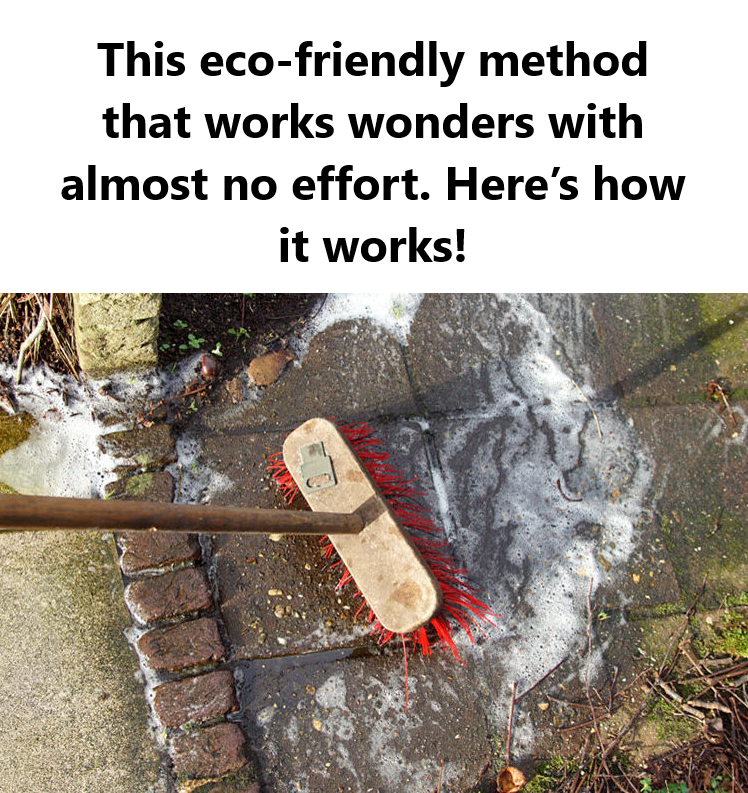ADVERTISEMENT
Sweeping with Sand
Regular sweeping helps prevent moss and algae from sticking to surfaces, especially when you add some sand. The sand acts as an abrasive, helping to remove moss. If moss has already grown in the joints between tiles, a garden scraper or an old knife can effectively remove it.
Home Remedies Like Cleaning Vinegar Are Not an Option
Household cleaning agents like cleaning vinegar, bleach, green soap, salt, and chlorine are not suitable for outdoor use when tackling green deposits. Although these agents may seem harmless indoors, they can have undesirable effects outside, as stated by Milieu Centraal. For example, vinegar may be used to combat weeds, but it is not recommended for green deposits. Table vinegar, in small quantities, can be used against weeds but is not suitable for moss or algae. Cleaning vinegar, with its high concentration of acetic acid, is strictly prohibited, as it can harm humans, animals, and the environment.
Chemical Cleaning Agents
Most chemical cleaning agents for moss and algae are toxic. Always choose products with a Ctgb approval number on the packaging. Agents containing sodium hypochlorite are relatively harmless if used properly, as they break down quickly. Organic acids, like acetic acid and nonanoic acid, are also effective against weeds, but they should only be used for pest control on paved surfaces and never on green deposits. While they are approved for use, they can harm plants, soil life, and even ground-nesting bees. Be cautious when using them near water sources like ponds or ditches. Some agents, such as those with quaternary ammonium compounds, can also cause burns to pets if ingested.
By using more sustainable methods, you can effectively manage green deposits and moss in your garden without harming the environment or your outdoor spaces.
ADVERTISEMENT
